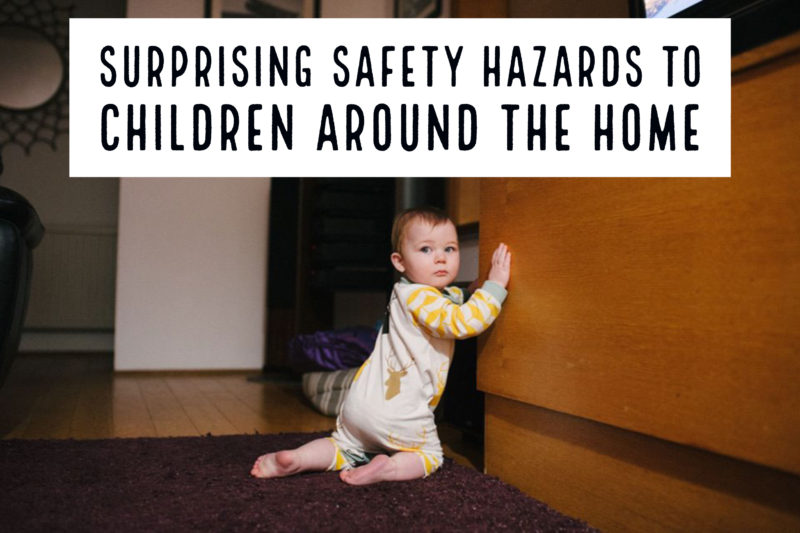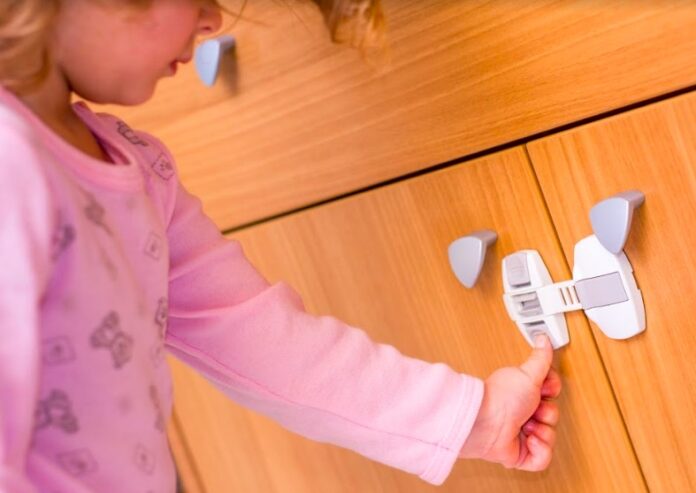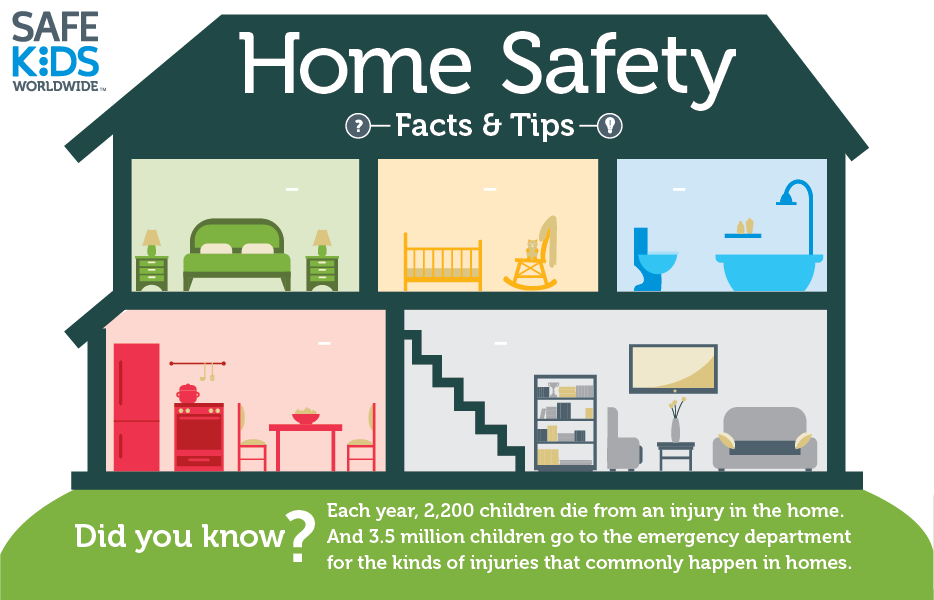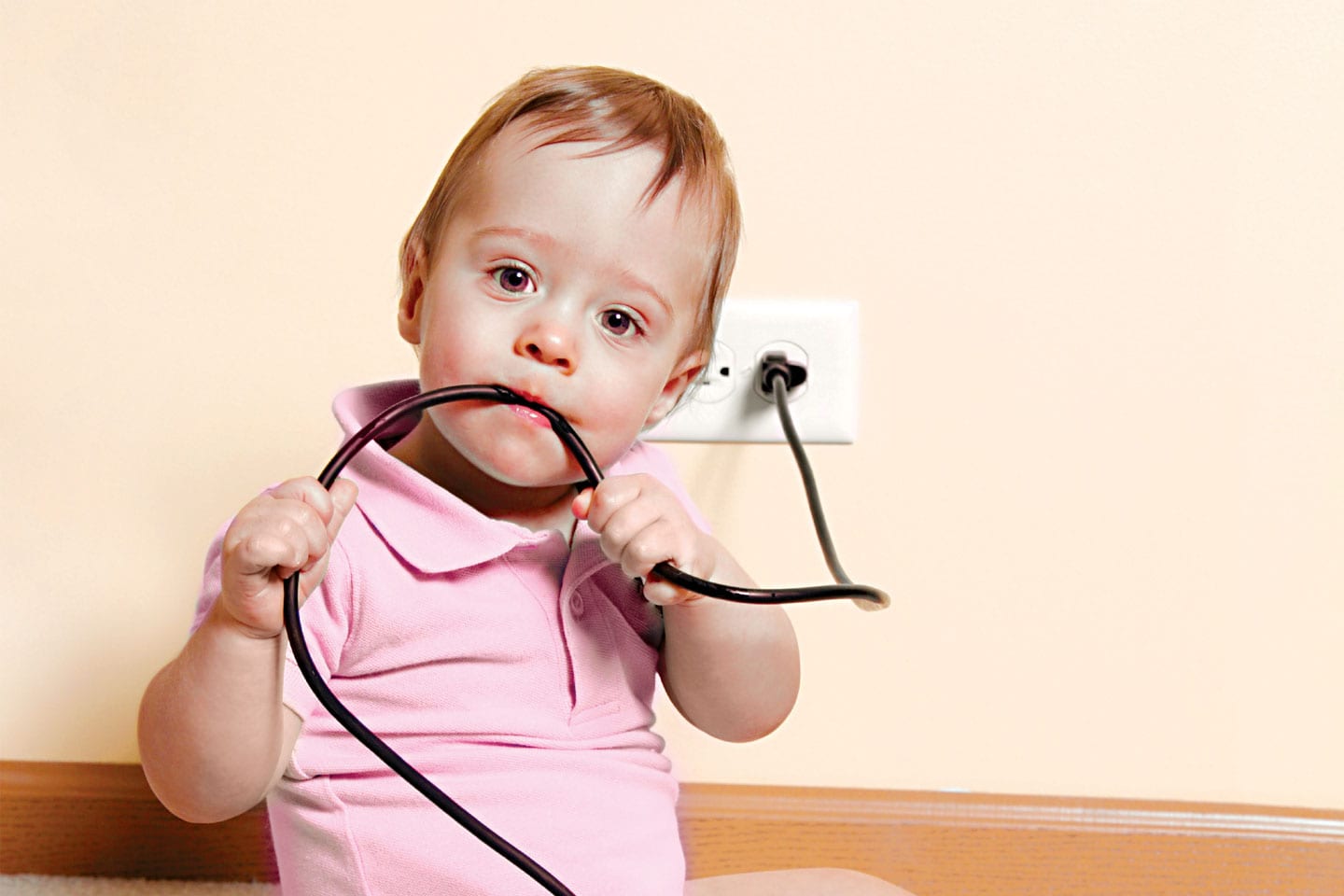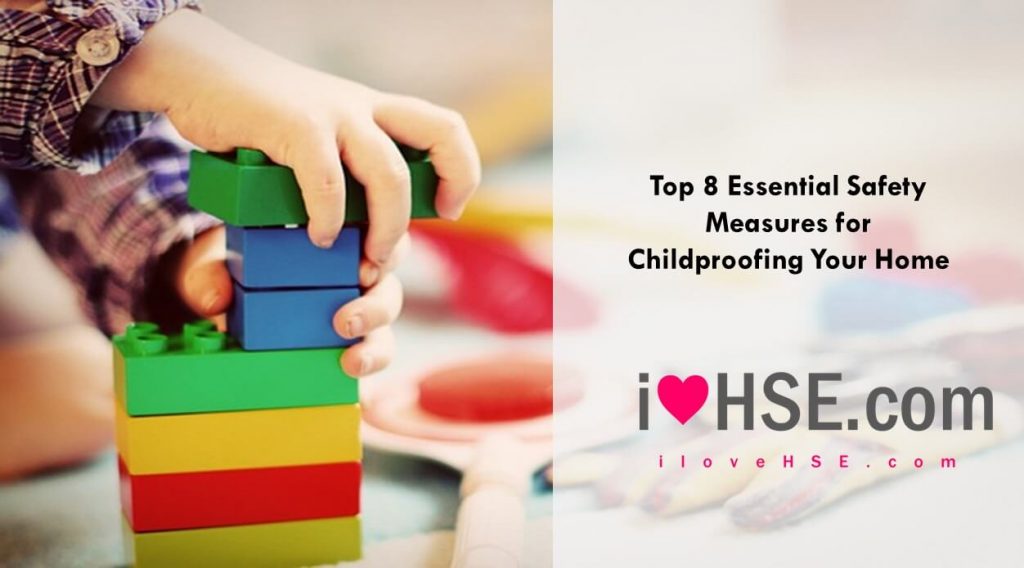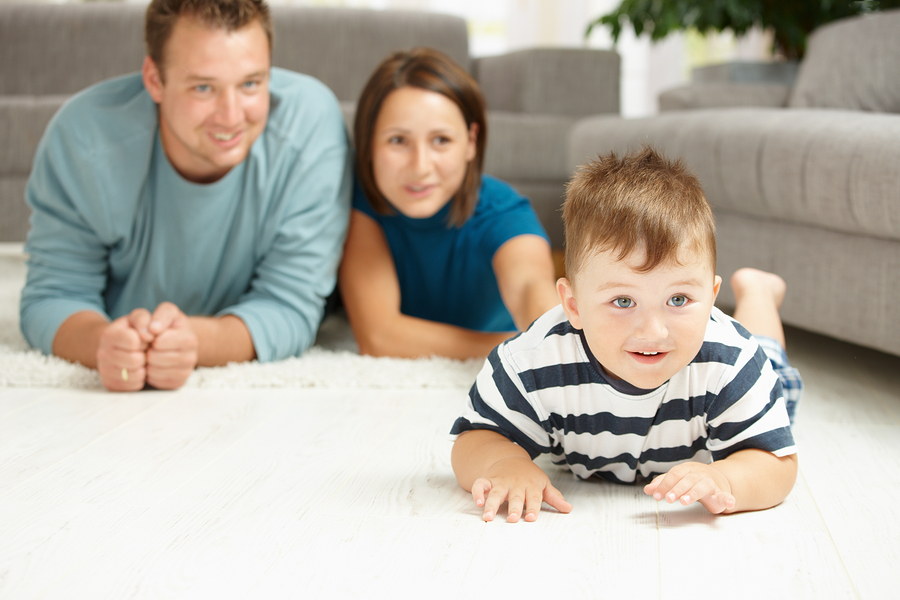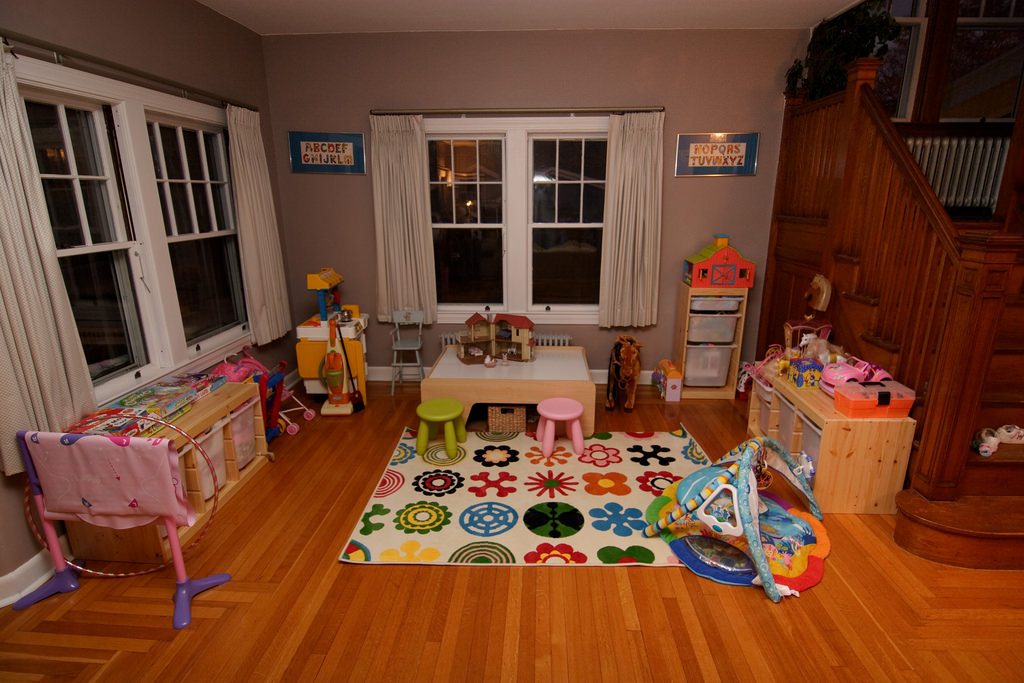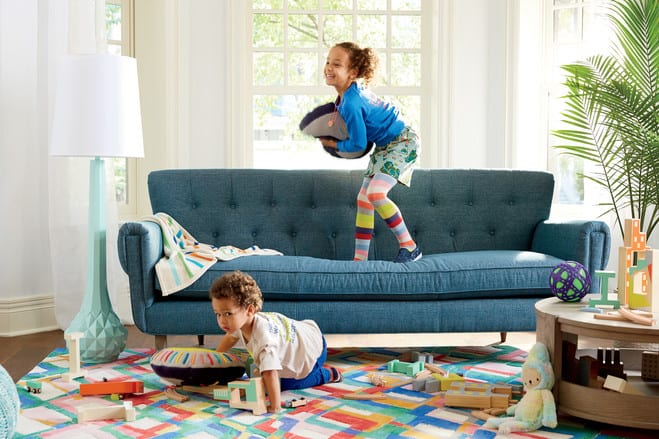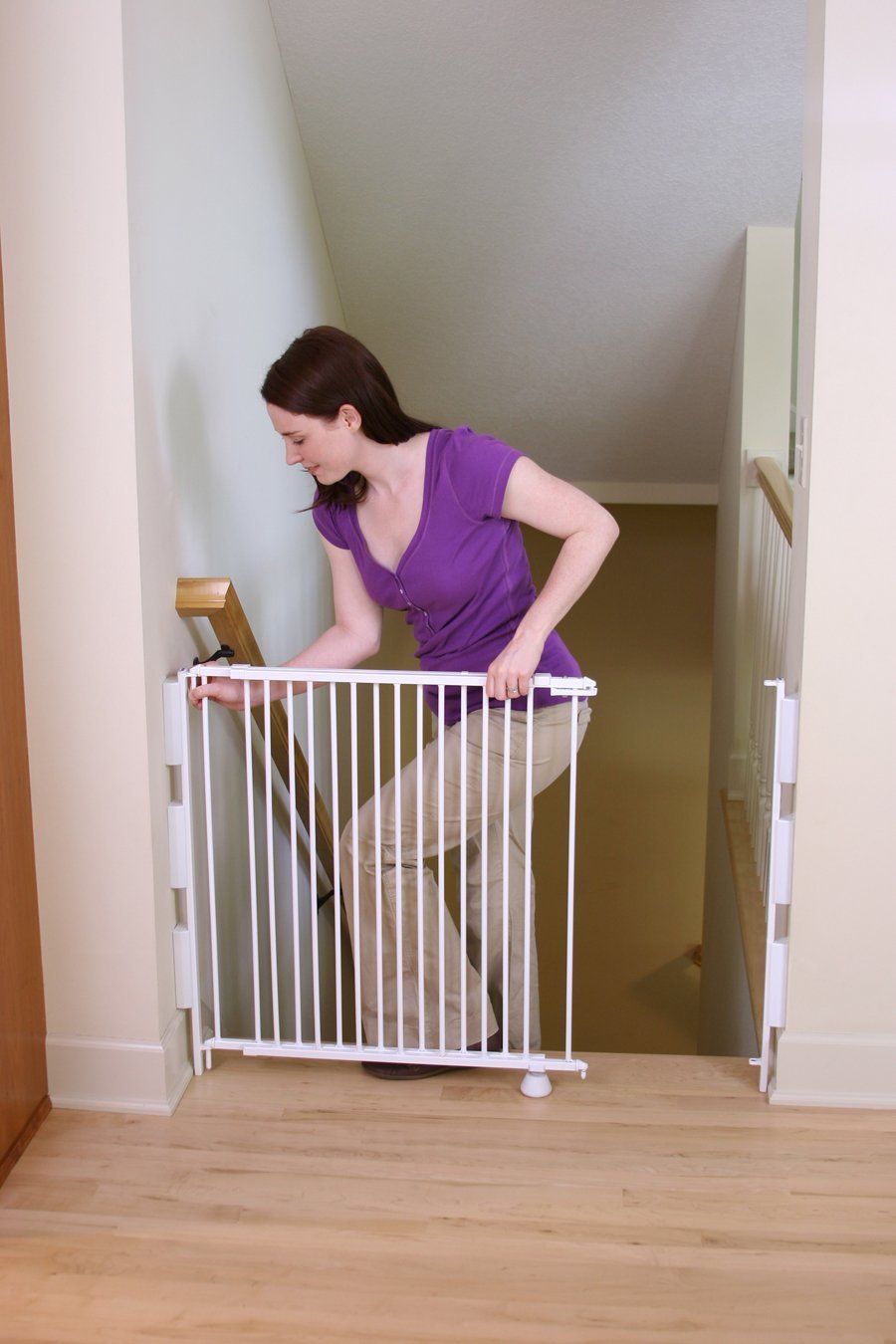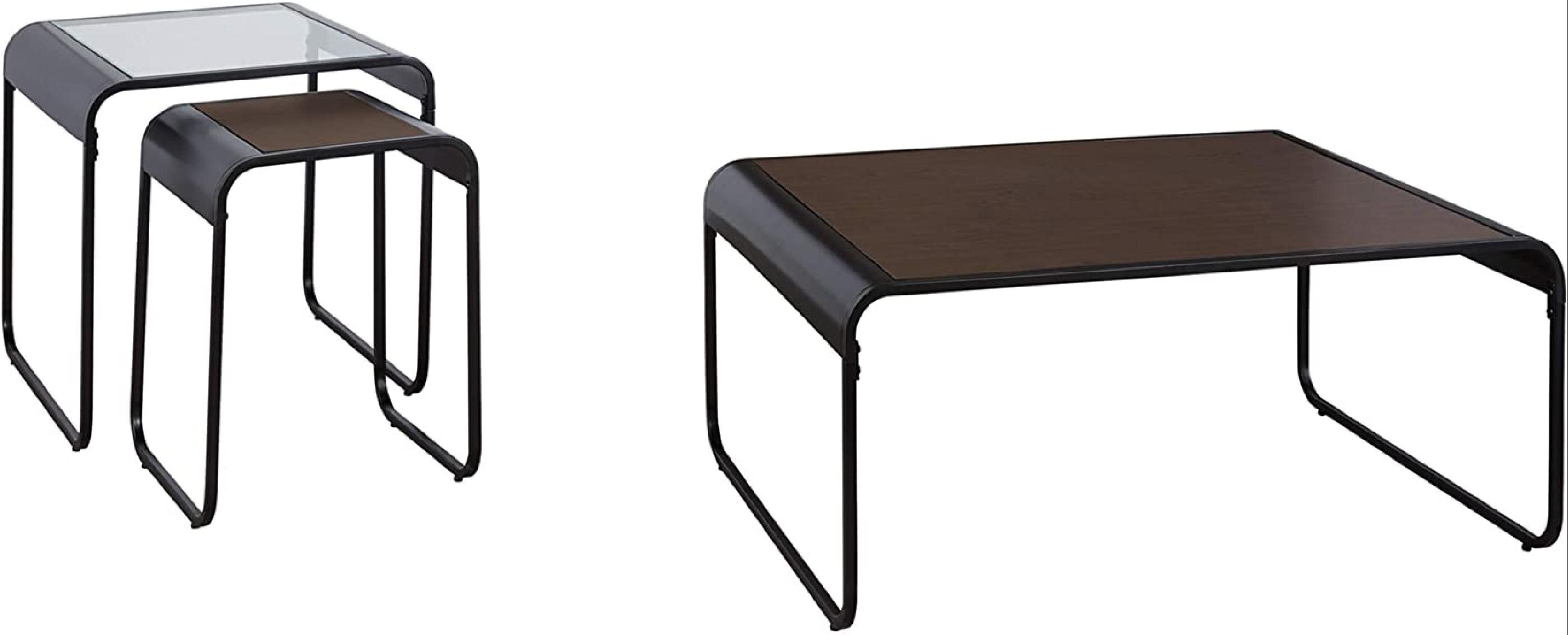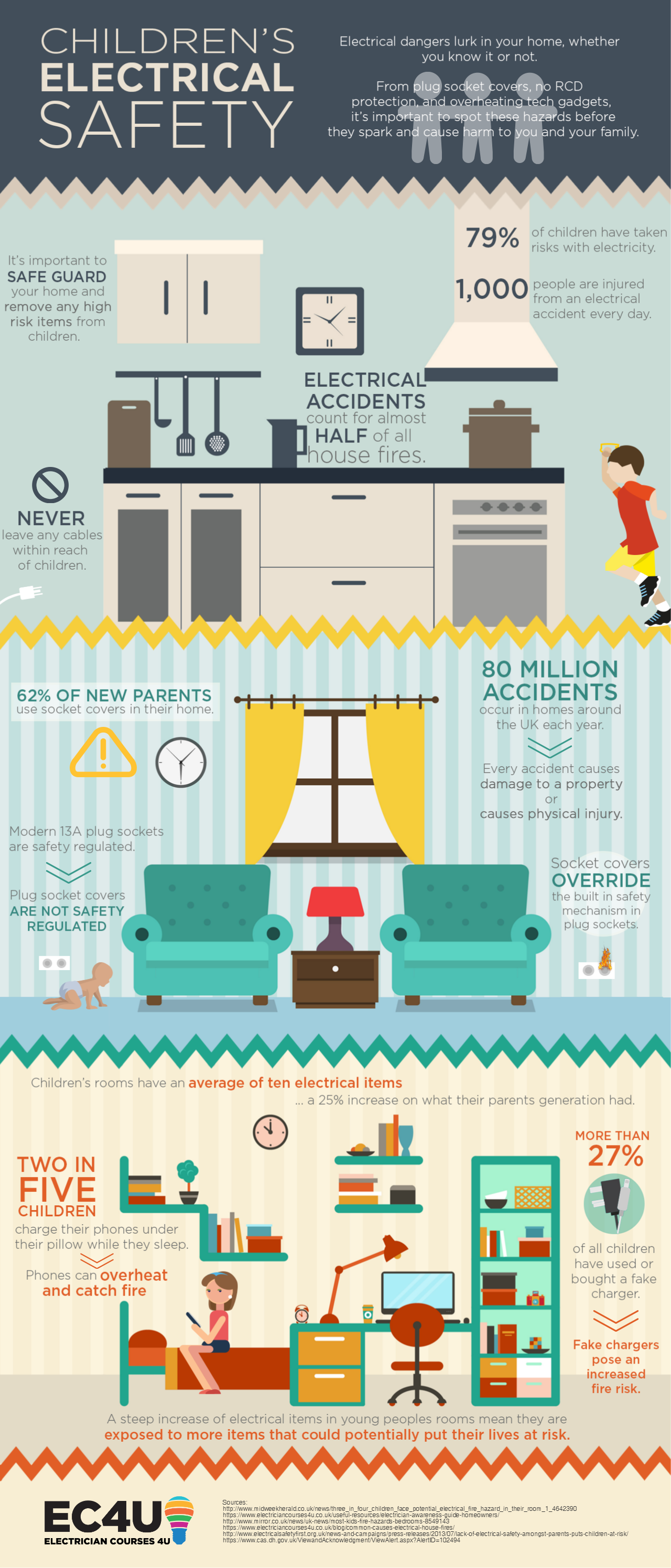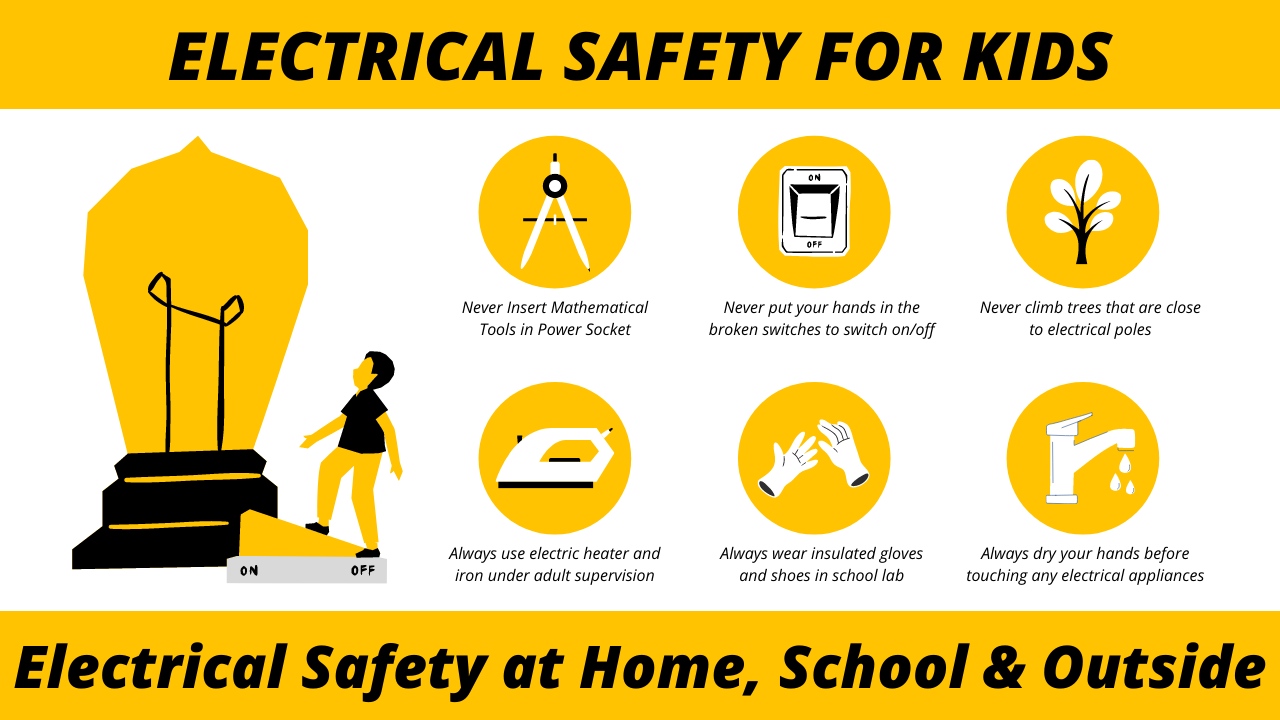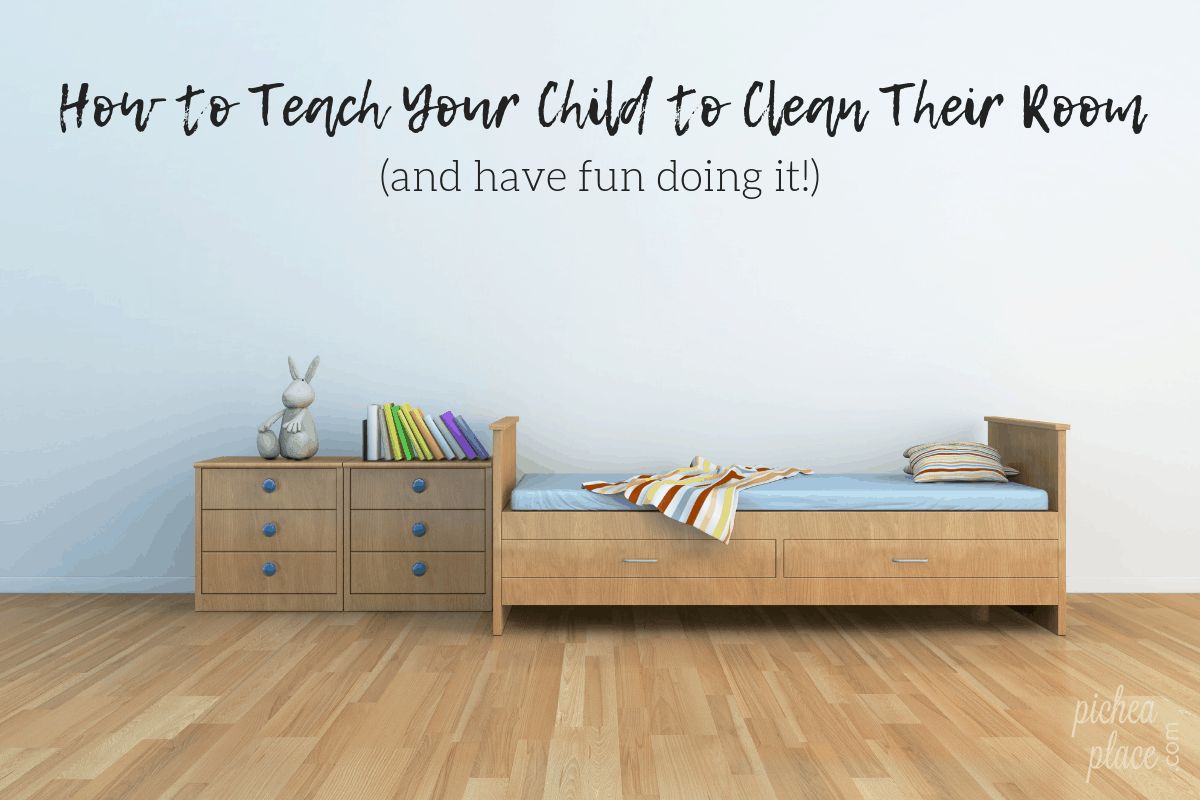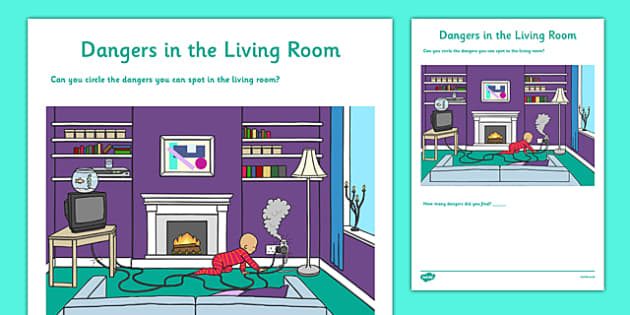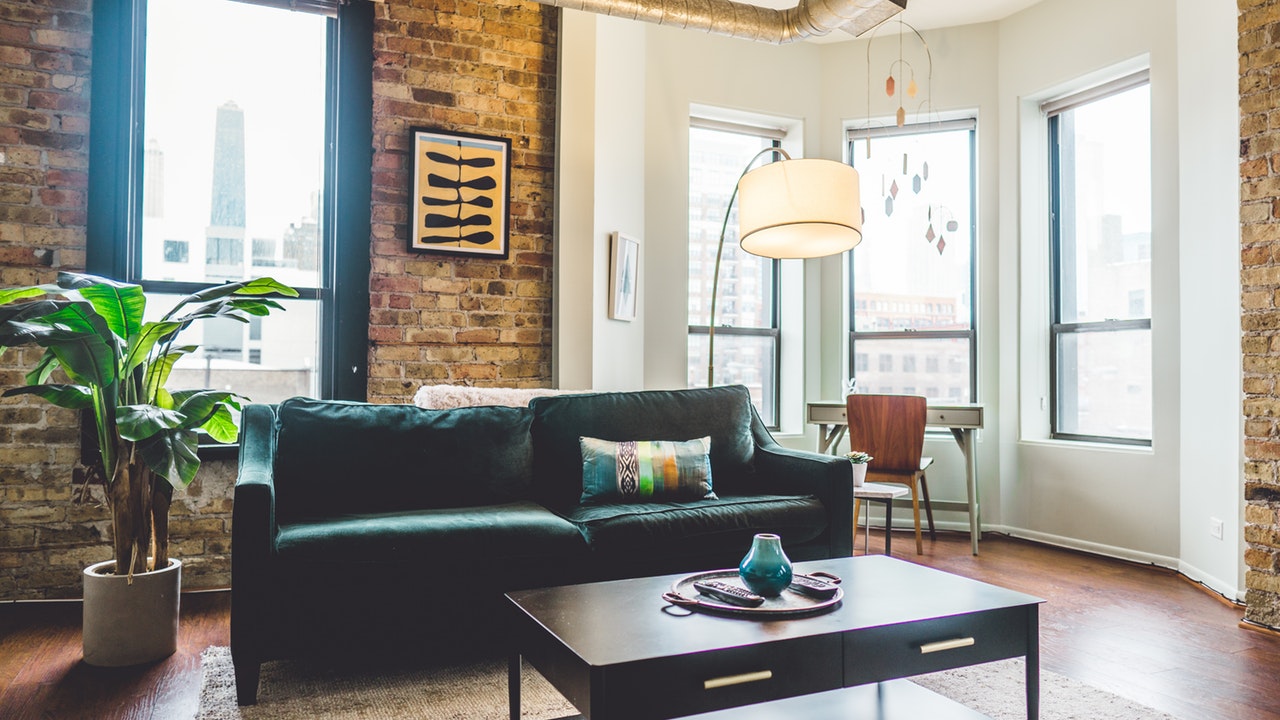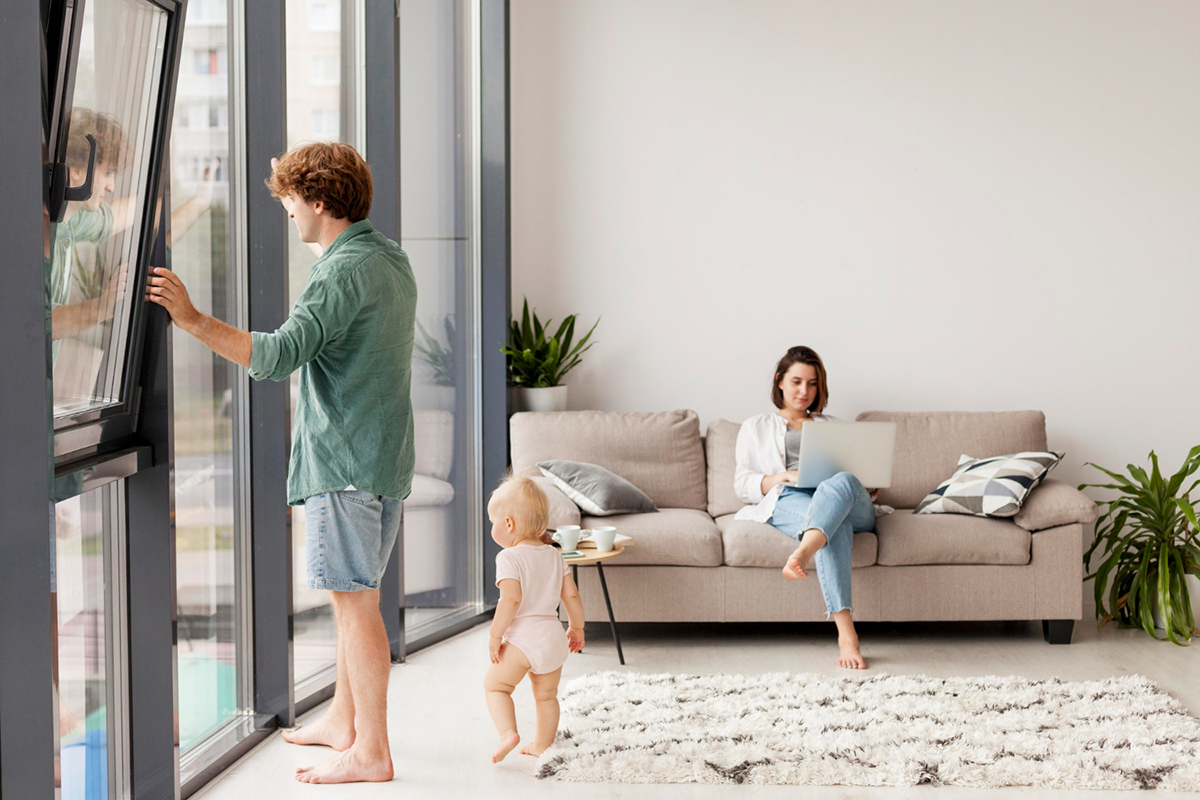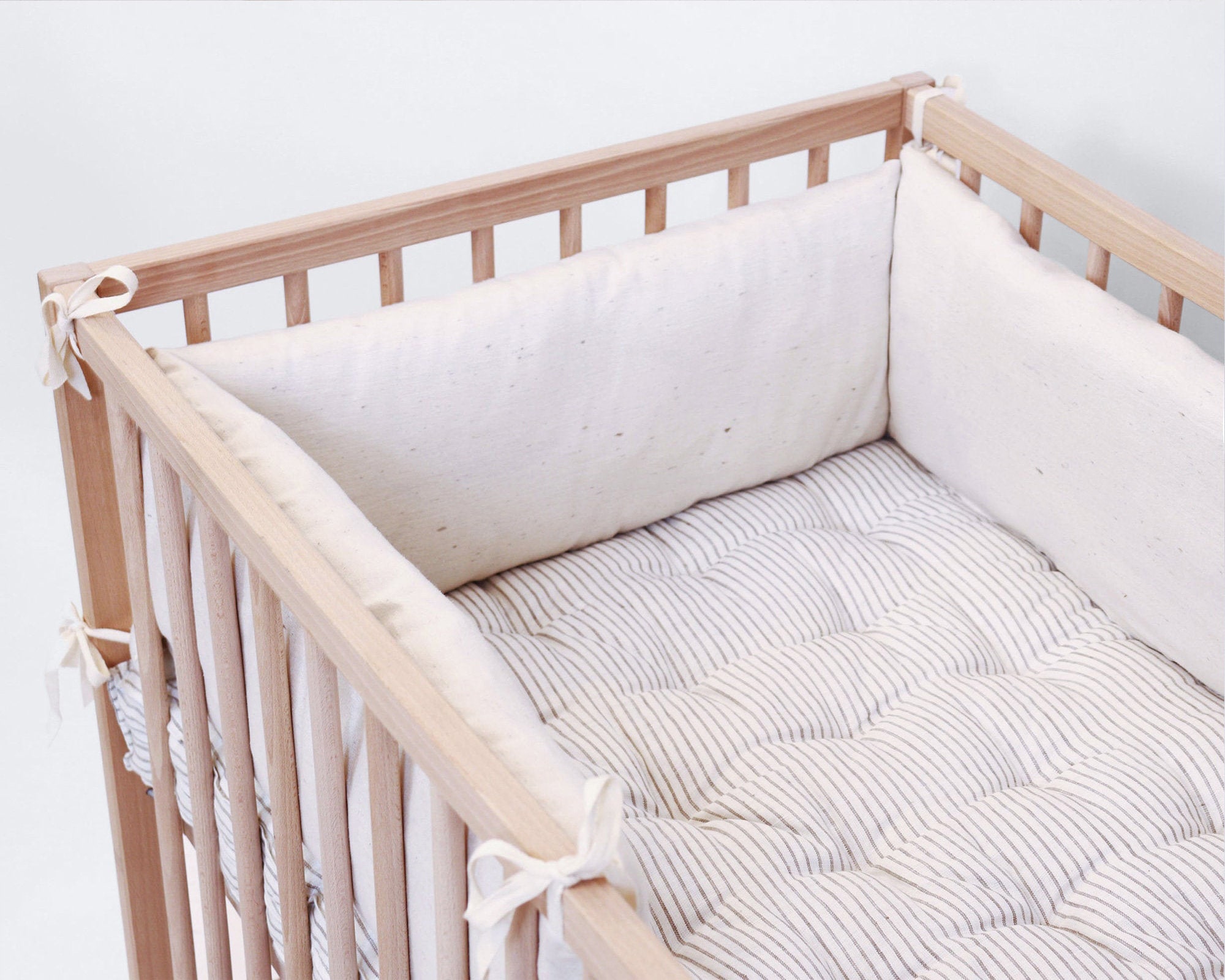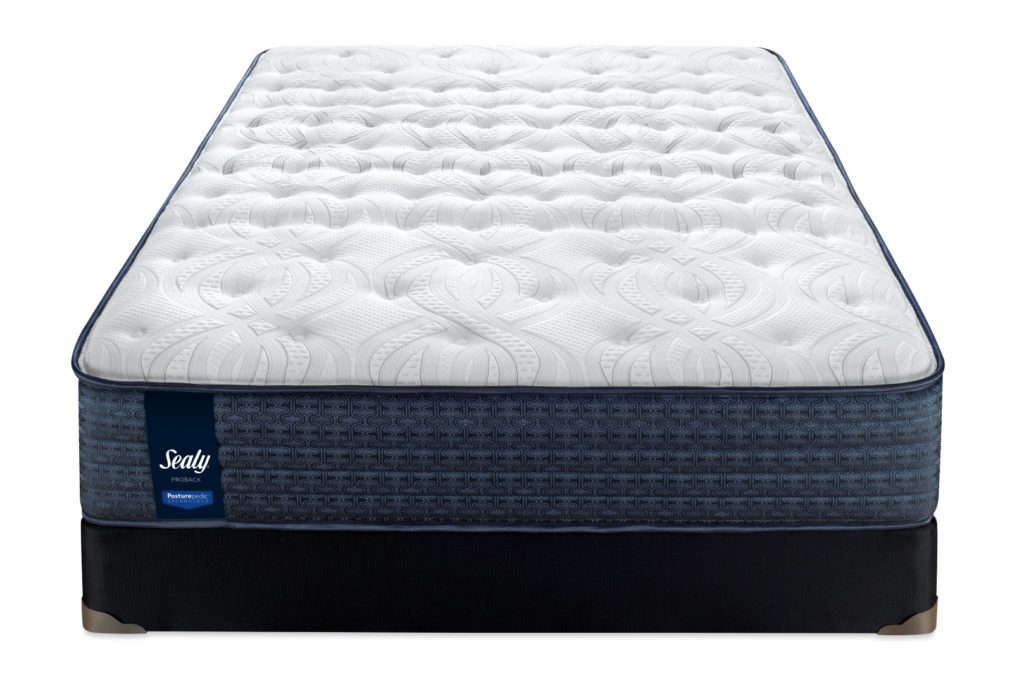As a parent, ensuring the safety of your child is always a top priority. And one of the most important areas to childproof in your home is the living room – a space where your child will likely spend a lot of time playing and exploring. To help you create a safe and secure living room for your child, here are 10 essential childproofing tips.Childproofing Tips for Your Living Room
Childproofing your living room may seem like a daunting task, but it doesn't have to be. By following these simple steps, you can create a safe and child-friendly living room in no time.How to Create a Safe Living Room for Your Child
Before you begin childproofing, it's important to be aware of the potential hazards in your living room. Some common hazards to look out for include sharp edges on furniture, unstable shelves or bookcases, exposed electrical outlets, and dangling cords from blinds or curtains.Child Safety in the Living Room: Common Hazards to Look Out For
Investing in the right safety products can go a long way in keeping your child safe in the living room. Some essential products to consider include corner guards or edge protectors to cover sharp edges, furniture straps to secure heavy furniture to the wall, outlet covers to prevent electrical shock, and cord organizers to keep cords out of reach.Essential Safety Products for Childproofing Your Living Room
Aside from removing potential hazards, there are other things you can do to make your living room more child-friendly. For example, using soft, washable fabrics for upholstery and non-slip rugs can help prevent accidents and make cleaning up after your child easier.Creating a Child-Friendly Living Room: Tips and Tricks
Using a safety gate is a great way to restrict your child's access to certain areas of the living room. When choosing a safety gate, make sure it is sturdy and properly installed to prevent your child from knocking it over or squeezing through any gaps.Child Safety Gates for the Living Room: What You Need to Know
When it comes to furniture and decor, there are a few things you can do to make your living room safer for your child. Anchoring heavy furniture to the wall, avoiding glass in furniture and decor, and keeping breakable items out of reach are all important considerations.Childproofing Your Living Room: Furniture and Decor Considerations
Electrical and fire safety should never be overlooked when childproofing your living room. Make sure all electrical outlets are covered or secured, cords are tucked away or organized, and flammable items are stored safely and out of reach of your child.Child Safety in the Living Room: Electrical and Fire Safety Measures
Aside from childproofing your living room, it's important to educate your child about living room safety. Show them which areas are off-limits, teach them about the dangers of certain items, and encourage them to play safely in the designated areas of the living room.How to Teach Your Child About Living Room Safety
Lastly, don't forget to childproof other areas of your living room, such as fireplaces, windows, and staircases. It's also important to regularly inspect and update your childproofing measures as your child grows and becomes more curious and mobile. In conclusion, child safety in the living room is crucial for any parent. By following these childproofing tips and using the right safety products, you can create a safe and secure living room for your child to play and explore in. Remember, safety should always come first, but that doesn't mean you can't still have a stylish and functional living room for the whole family to enjoy!Childproofing Your Living Room: A Room-by-Room Guide
Child Safety In The Living Room: Creating a Safe and Functional Space for Your Little Ones
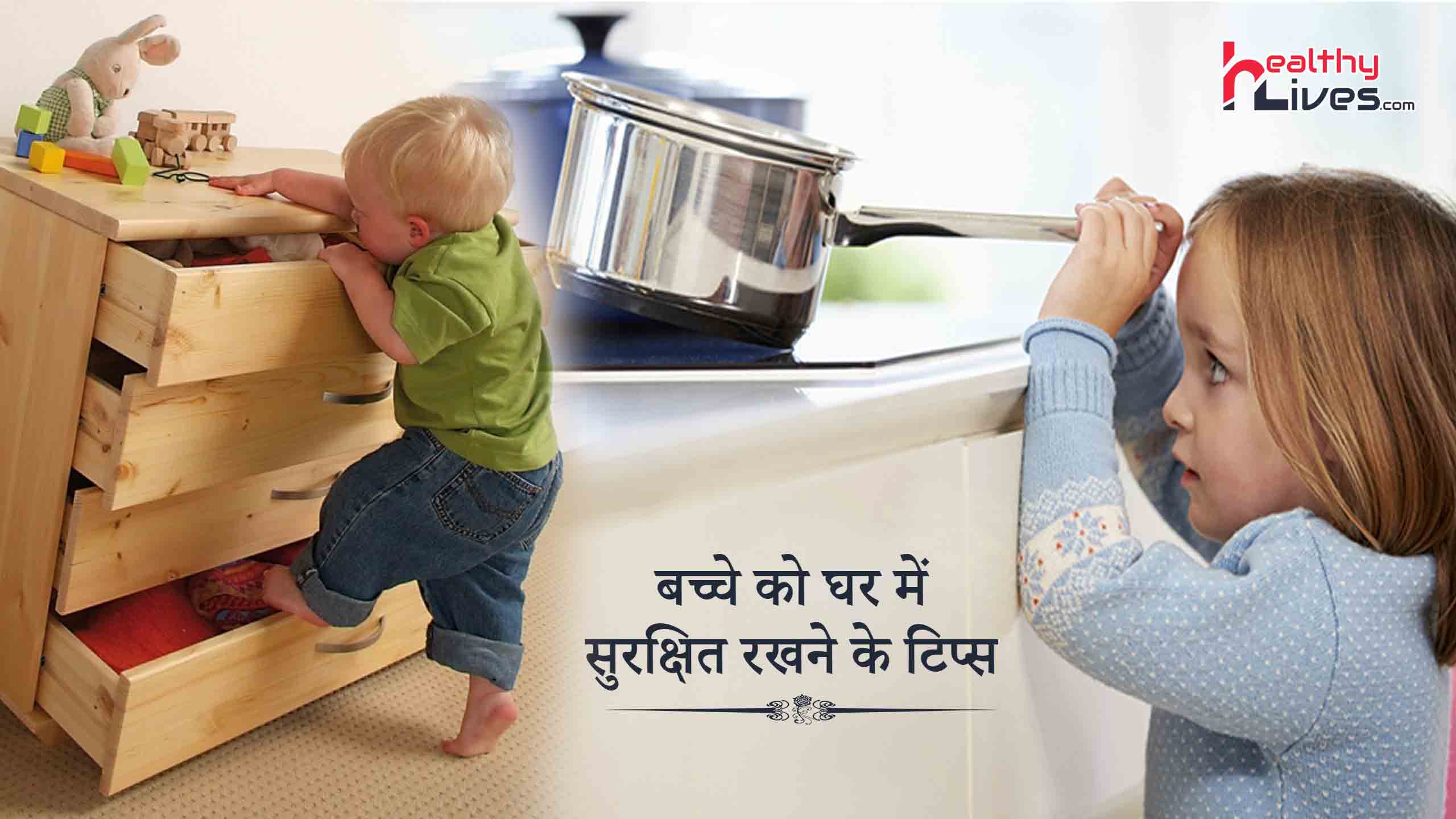
Importance of Child Safety in the Living Room
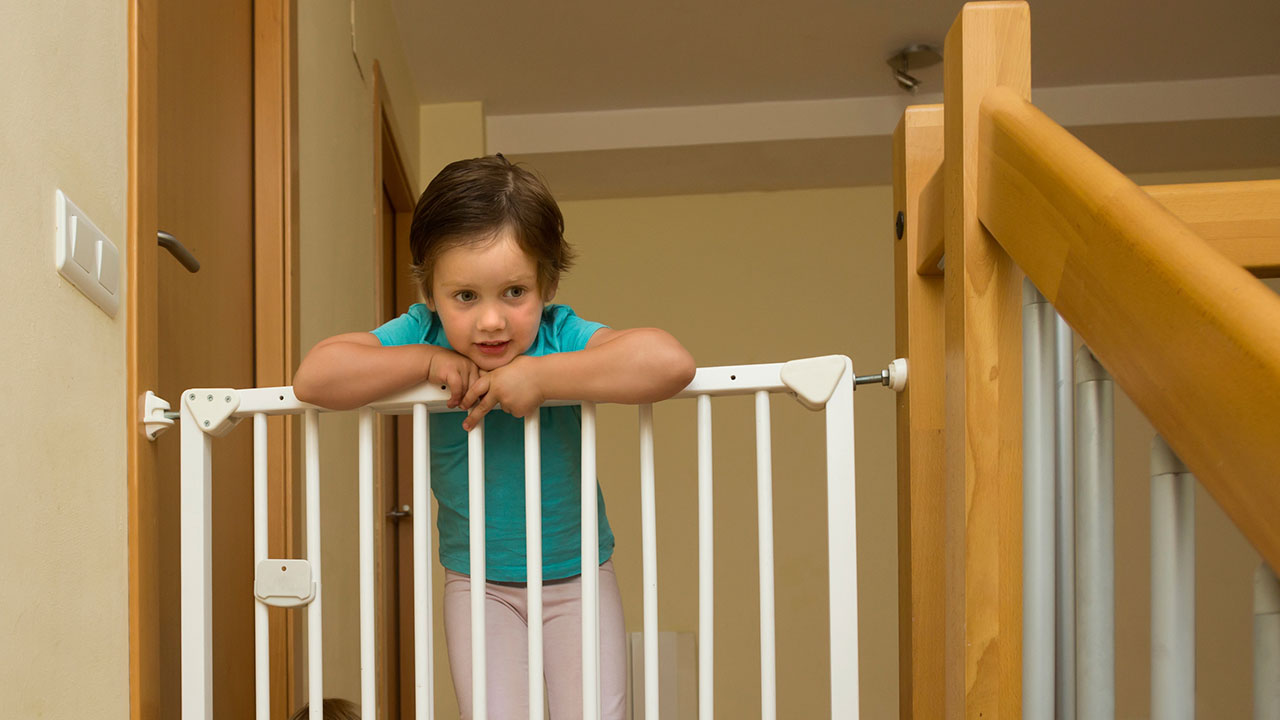 The living room is often the heart of the home, where families gather to spend quality time together. It's also the space where children spend a significant amount of time playing and exploring. As parents, it's our responsibility to ensure that this space is not only visually appealing but also safe for our little ones. According to the Centers for Disease Control and Prevention, unintentional injuries are the leading cause of death for children in the United States. As such, taking the necessary precautions to childproof your living room is essential in preventing accidents and injuries.
The living room is often the heart of the home, where families gather to spend quality time together. It's also the space where children spend a significant amount of time playing and exploring. As parents, it's our responsibility to ensure that this space is not only visually appealing but also safe for our little ones. According to the Centers for Disease Control and Prevention, unintentional injuries are the leading cause of death for children in the United States. As such, taking the necessary precautions to childproof your living room is essential in preventing accidents and injuries.
Assessing Potential Hazards
 The first step in creating a safe living room for your child is to identify potential hazards. Start by getting down to your child's eye level and looking around the room. Look for sharp edges on furniture, loose or dangling cords, and unstable objects that could tip over. Pay close attention to electrical outlets, exposed wires, and heavy objects that could cause harm if pulled or knocked over. It's also crucial to keep an eye out for small objects that could pose a choking hazard.
The first step in creating a safe living room for your child is to identify potential hazards. Start by getting down to your child's eye level and looking around the room. Look for sharp edges on furniture, loose or dangling cords, and unstable objects that could tip over. Pay close attention to electrical outlets, exposed wires, and heavy objects that could cause harm if pulled or knocked over. It's also crucial to keep an eye out for small objects that could pose a choking hazard.
Childproofing Tips for Your Living Room
 Once you've identified potential hazards, it's time to take action and childproof your living room. Begin by covering sharp edges with
soft corner protectors
to prevent injuries.
Secure furniture
such as bookshelves and TV stands to the wall to prevent tipping. Use
cable ties or cord covers
to keep cords and wires out of reach and eliminate the risk of strangulation or electrical shock.
Install outlet covers
to prevent your child from sticking objects or fingers into sockets. It's also essential to keep small items such as
coins, buttons, and small toys
out of reach or stored in
childproof containers
to prevent choking.
Once you've identified potential hazards, it's time to take action and childproof your living room. Begin by covering sharp edges with
soft corner protectors
to prevent injuries.
Secure furniture
such as bookshelves and TV stands to the wall to prevent tipping. Use
cable ties or cord covers
to keep cords and wires out of reach and eliminate the risk of strangulation or electrical shock.
Install outlet covers
to prevent your child from sticking objects or fingers into sockets. It's also essential to keep small items such as
coins, buttons, and small toys
out of reach or stored in
childproof containers
to prevent choking.
Creating a Functional Space for Children
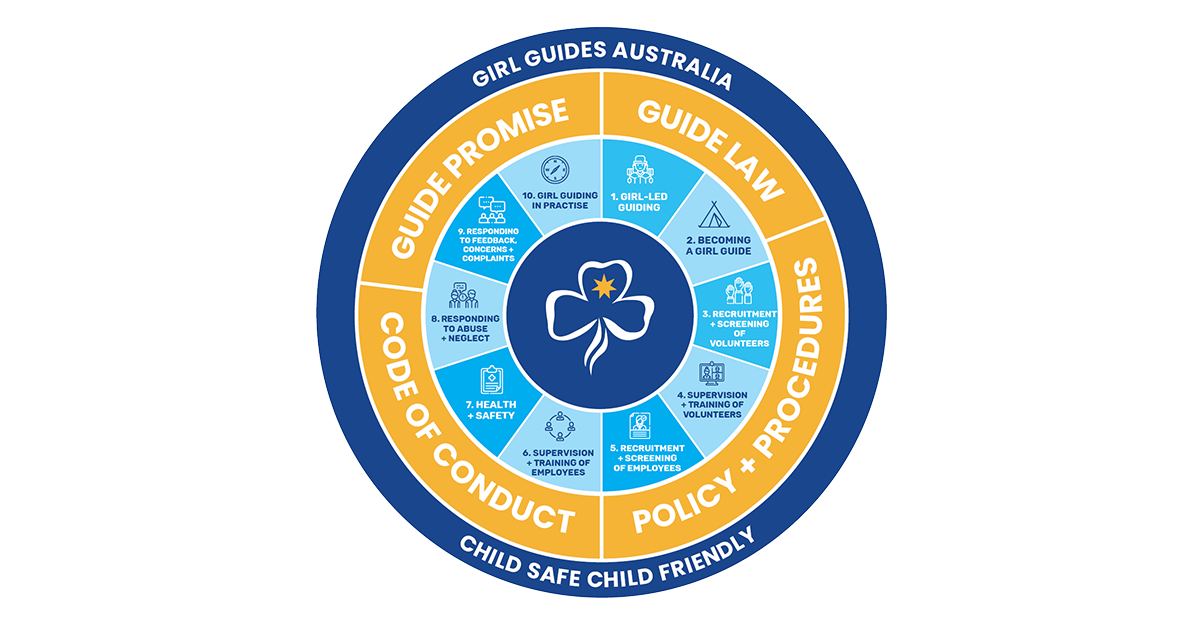 While it's essential to prioritize safety in your living room, it's also crucial to create a functional and inviting space for your children. Consider investing in
soft and washable rugs
to provide a cushioned play area. Choose
child-friendly furniture
such as ottomans with hidden storage, which can double as a toy box. Keep a basket of
age-appropriate toys
in the living room to keep your child entertained and prevent them from getting into potentially dangerous objects.
While it's essential to prioritize safety in your living room, it's also crucial to create a functional and inviting space for your children. Consider investing in
soft and washable rugs
to provide a cushioned play area. Choose
child-friendly furniture
such as ottomans with hidden storage, which can double as a toy box. Keep a basket of
age-appropriate toys
in the living room to keep your child entertained and prevent them from getting into potentially dangerous objects.
Conclusion
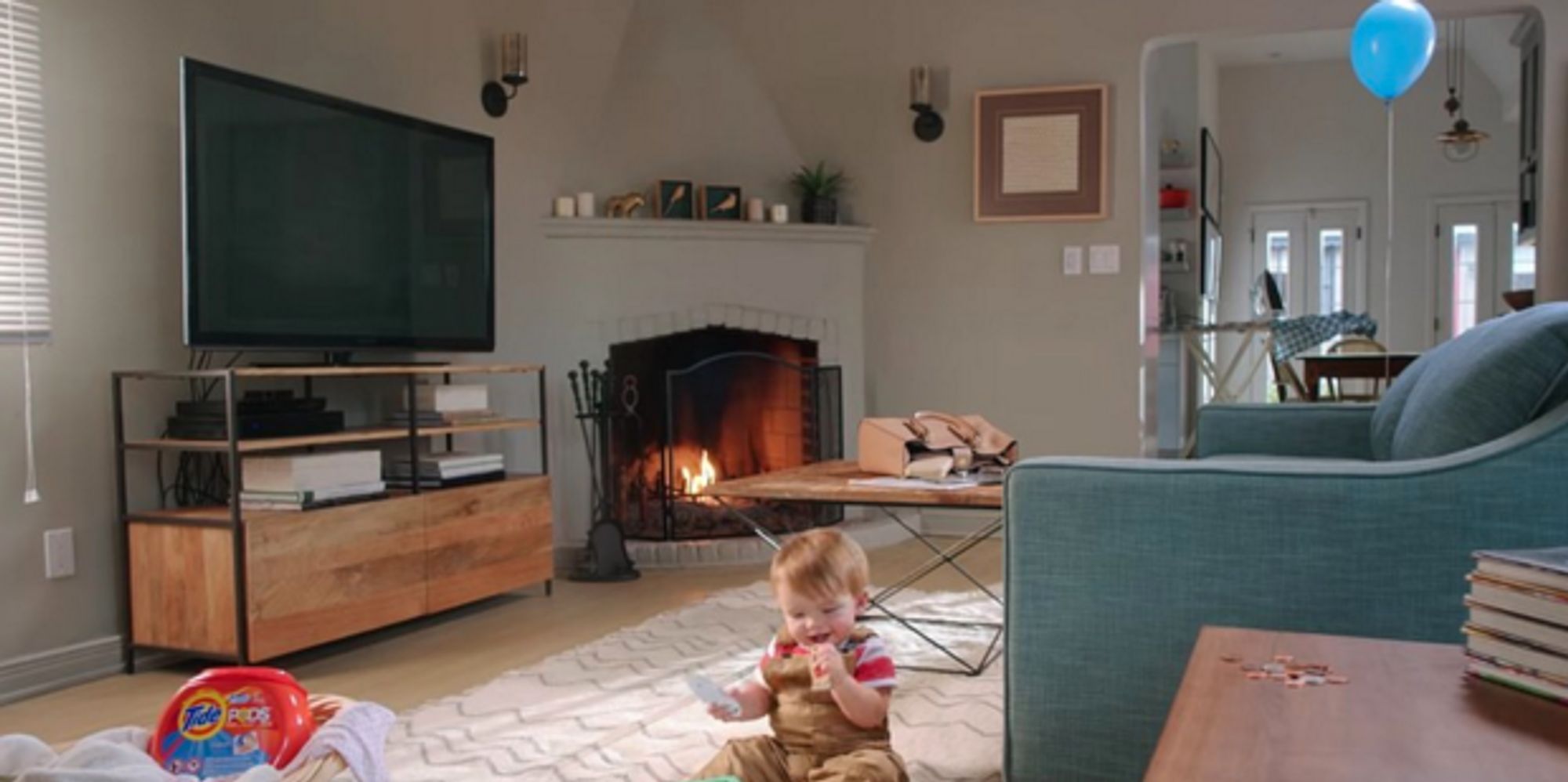 As parents, it's our responsibility to create a safe and functional living room for our children. By identifying potential hazards, taking necessary precautions, and creating a child-friendly space, we can ensure that our little ones are safe while still enjoying quality time in the heart of our home. Remember to regularly assess and update your childproofing measures as your child grows and becomes more curious. By prioritizing child safety in the living room, we can provide our children with a secure and nurturing environment to grow and thrive in.
As parents, it's our responsibility to create a safe and functional living room for our children. By identifying potential hazards, taking necessary precautions, and creating a child-friendly space, we can ensure that our little ones are safe while still enjoying quality time in the heart of our home. Remember to regularly assess and update your childproofing measures as your child grows and becomes more curious. By prioritizing child safety in the living room, we can provide our children with a secure and nurturing environment to grow and thrive in.







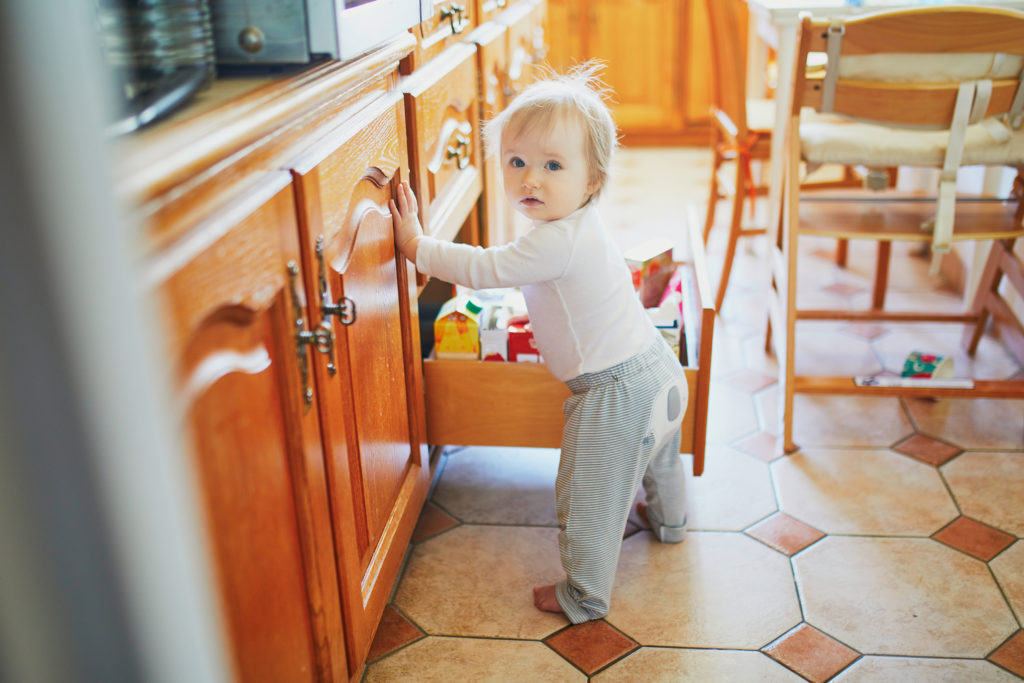
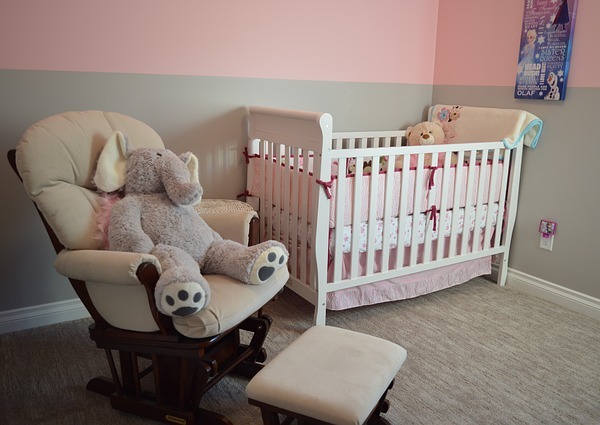
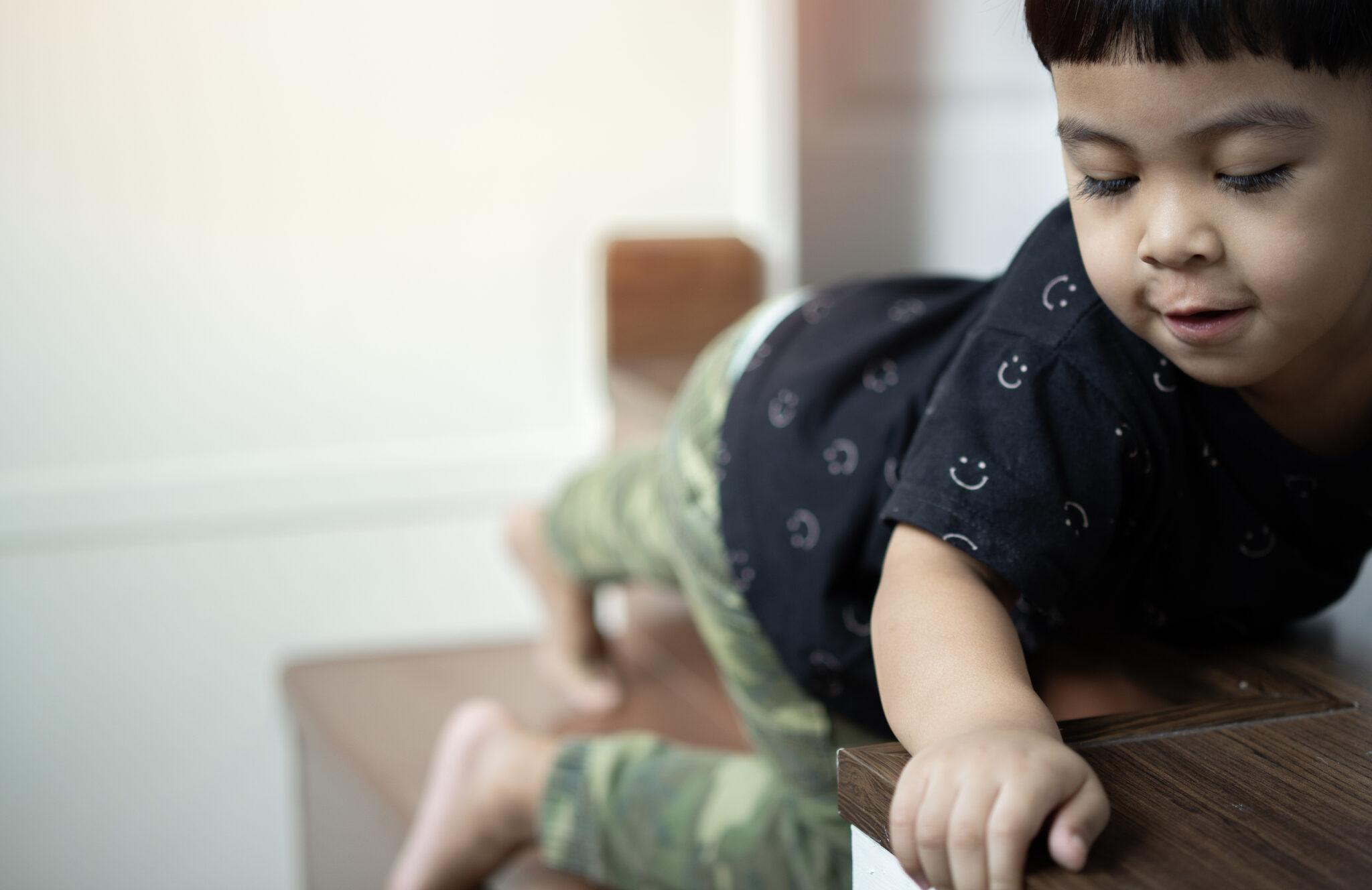



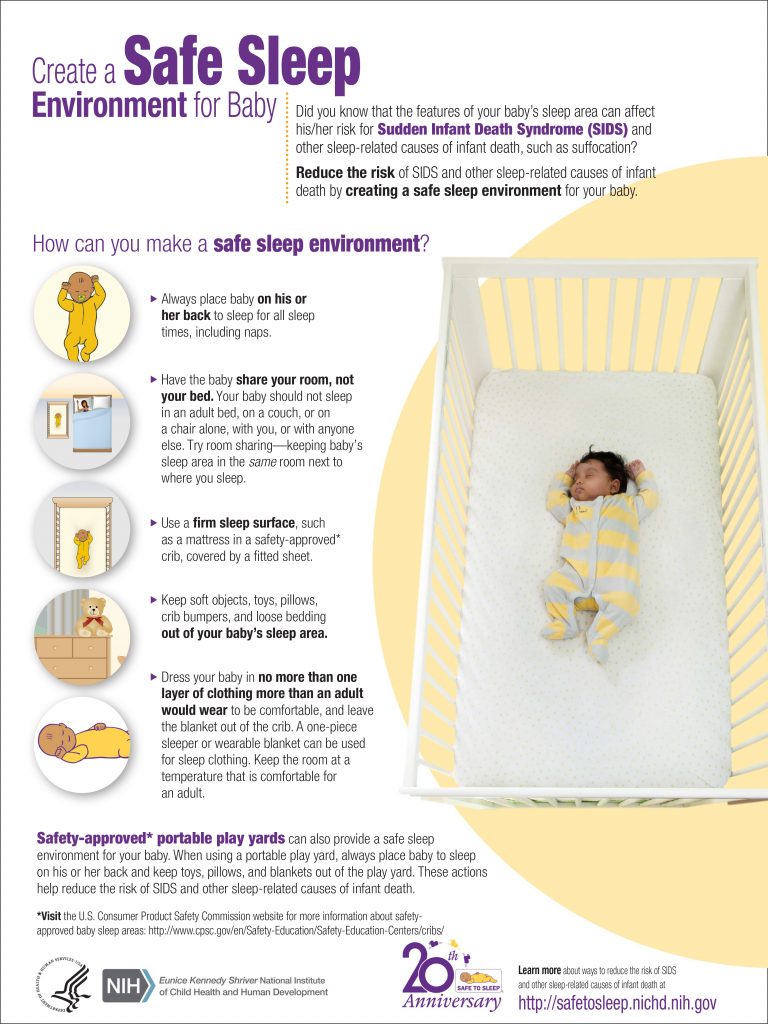


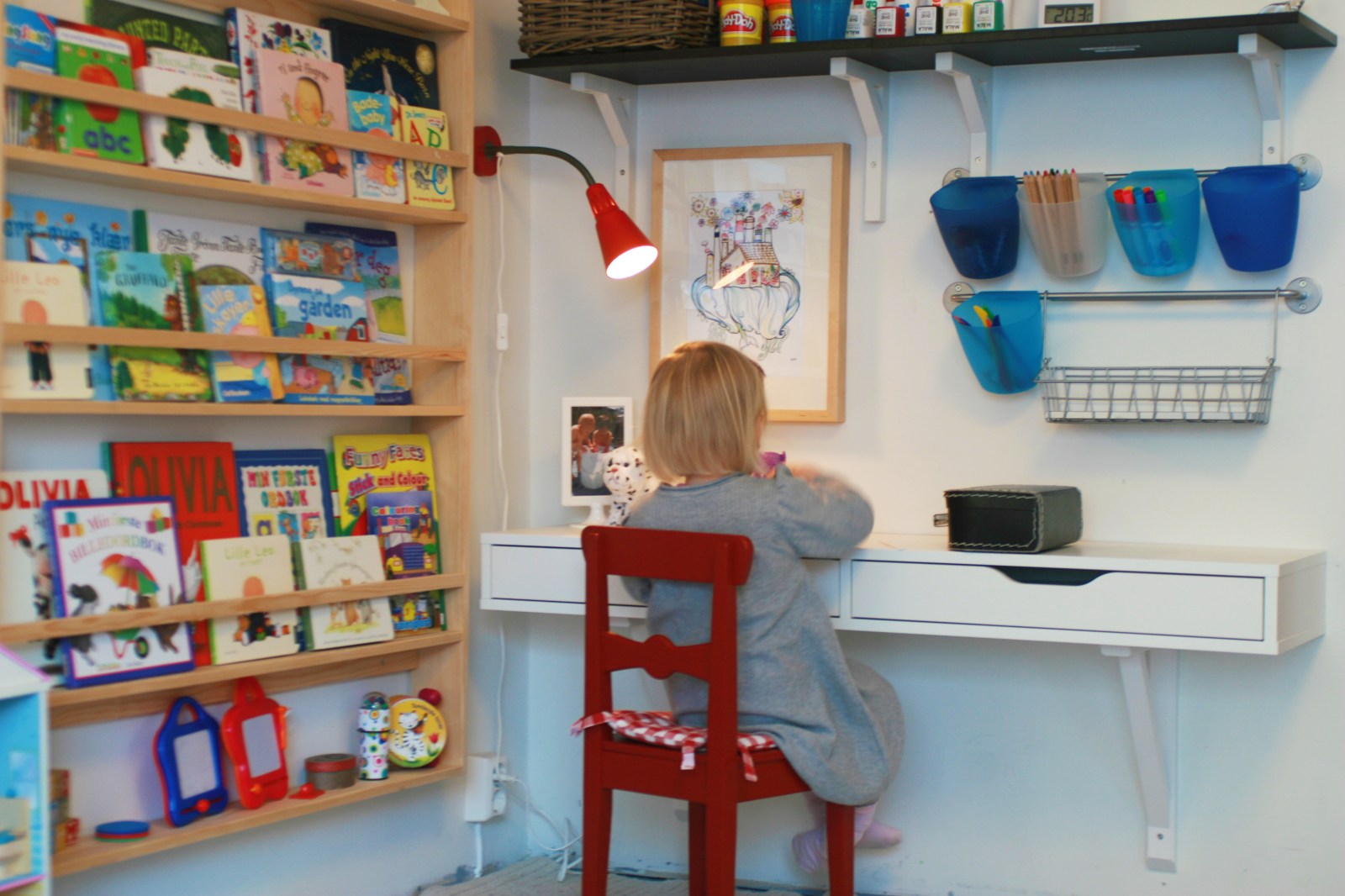
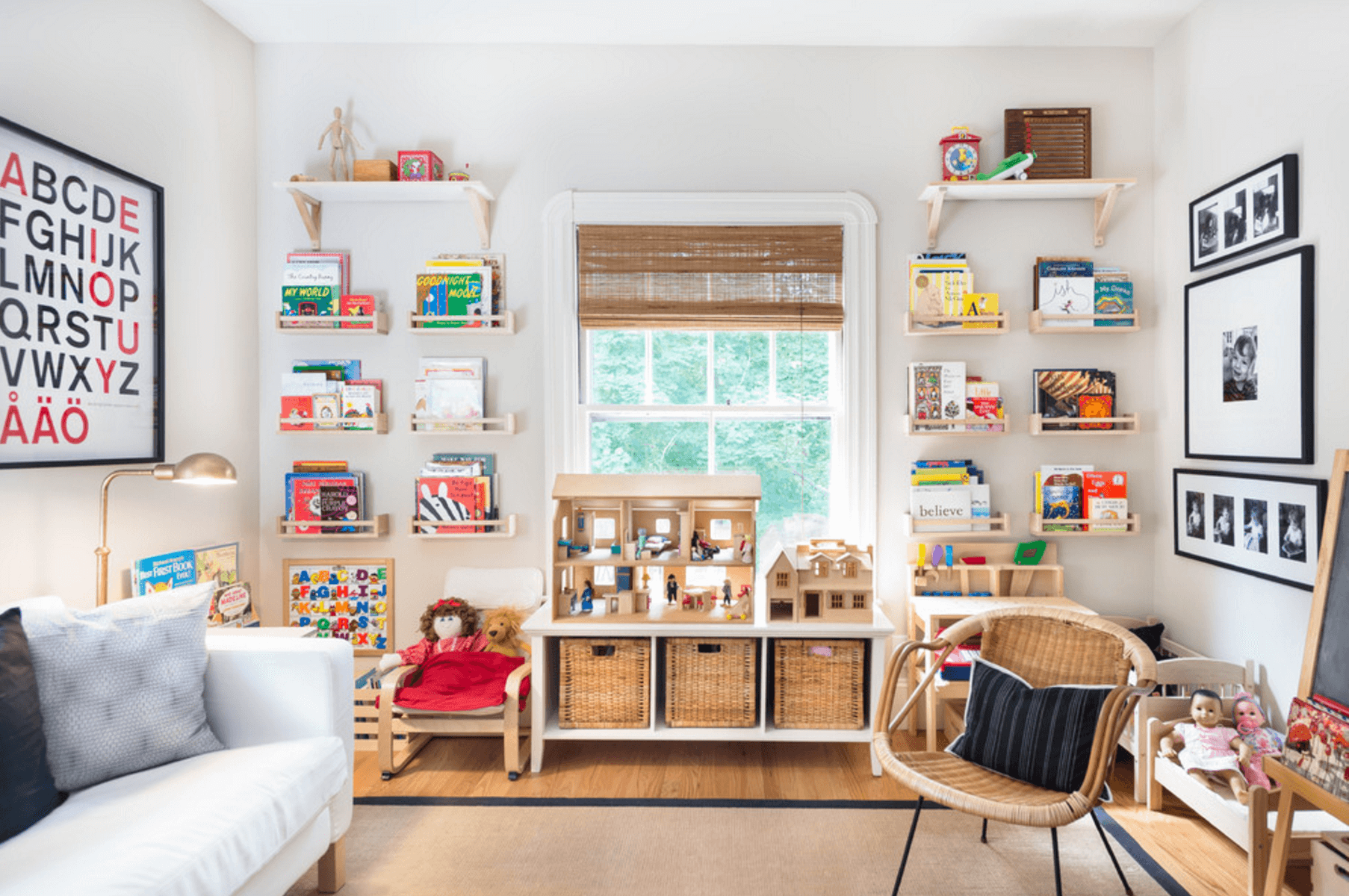
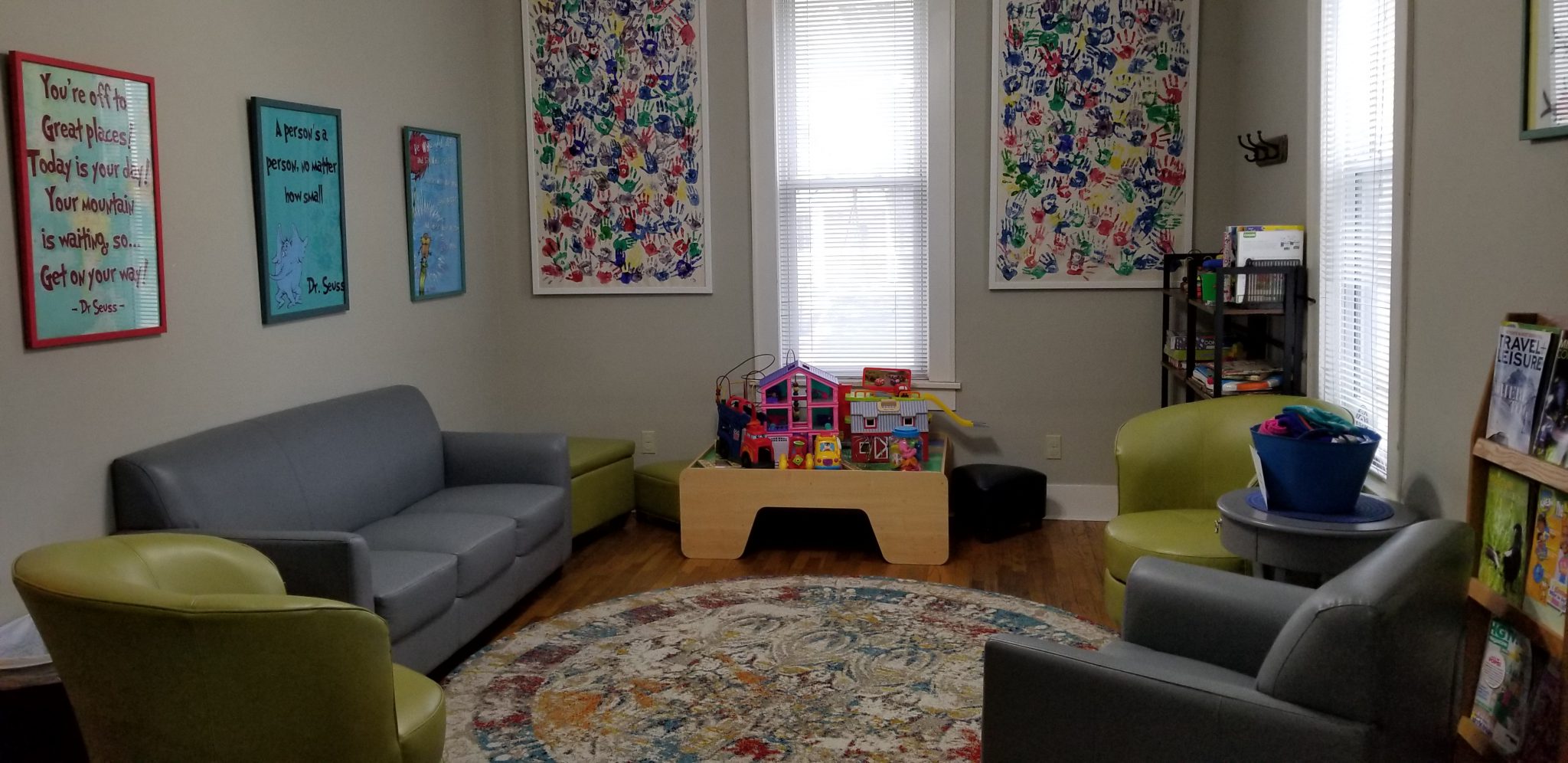
.jpg)






